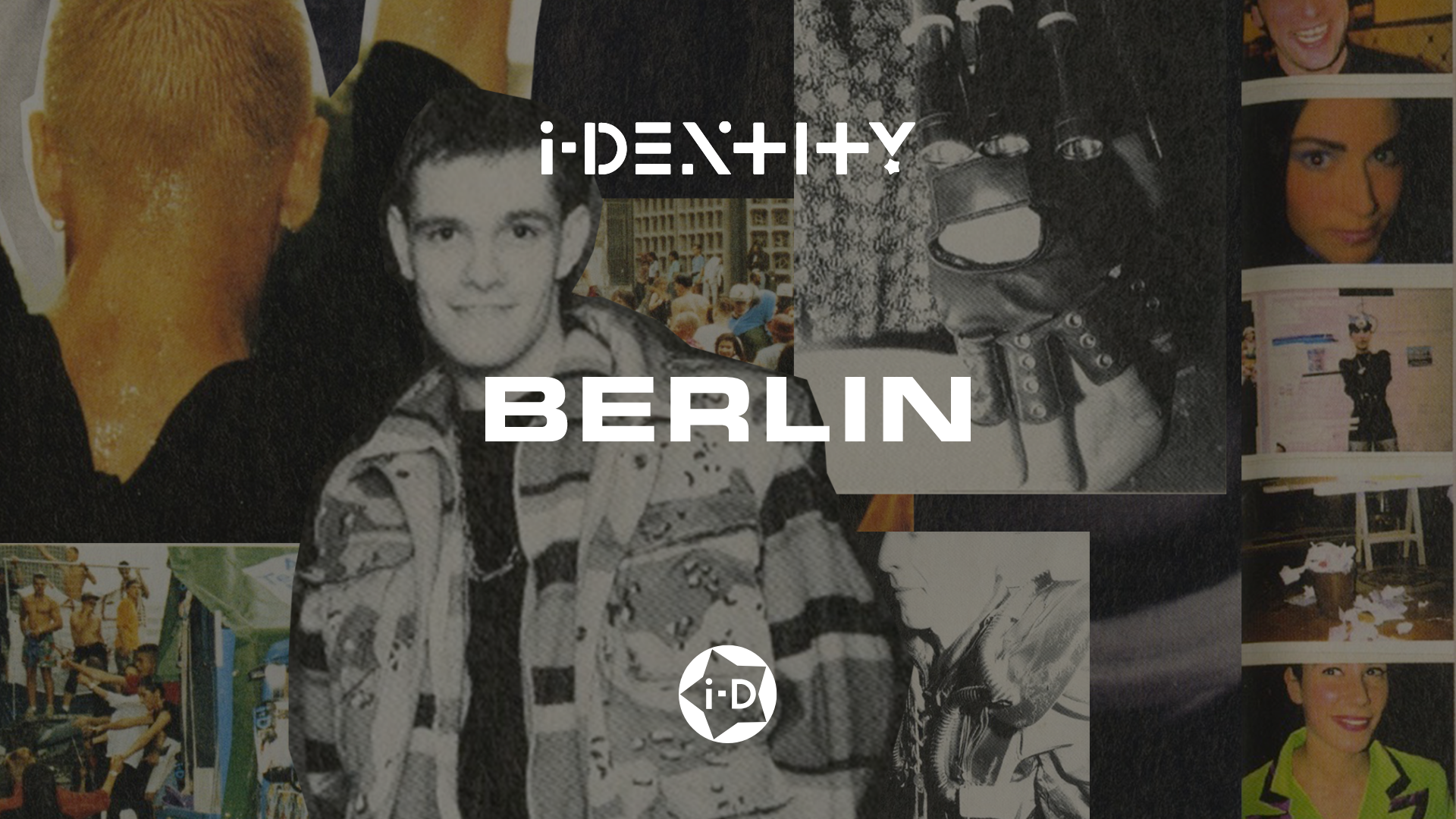This article is part of the i-Dentity podcast series. You can listen to the full episode on Spotify and Apple Podcasts.
On the 9th of November 1989 the Berlin wall, which had split the German city in two for almost three long decades, was pulled down. Within a matter of hours the area that had once been the outer edges of both East and West Berlin was now the centre of a united city, complete with a set of abandoned buildings ready to be taken over by Berlin’s youth. A new sound was incubated in these spaces, influenced by techno records imported from Detroit, ushering in a new type of club culture within the city. And so Berlin’s now-legendary techno scene was born.
The dressed-down style that emerged with Berlin’s new clubs is one associated with the grand industrial interiors of its architecture. Now internationally recognised as the Berlin ‘look’, the style of these clubs has moved on, with a new generation of Berliners changing what it means to party – and to dress for the club – in a city known for its hedonism.
In this episode Osman Ahmed and Mahoro Seward speak to techno pioneer Marcel Dettmann on the nascent scene in the 1990s, and the duo behind GmbH, Benjamin Huseby and Serhat Işık, about how the times have changed, as well as Berlin’s infamous look. Photographer Spyros Rennt shares why he moved to the city while DJs LSDXOXO and SPFDJ explain how the scene is changing today.
